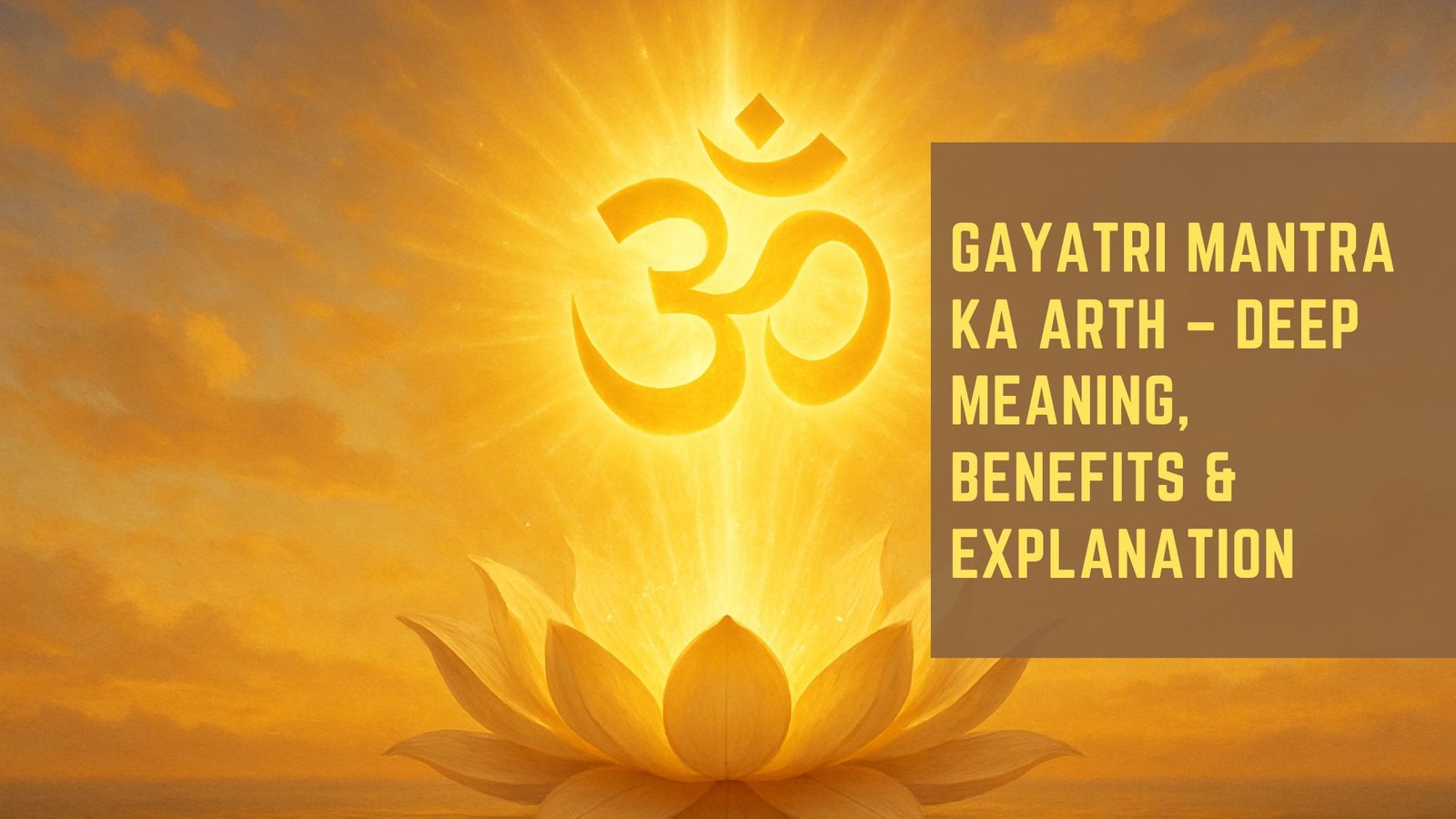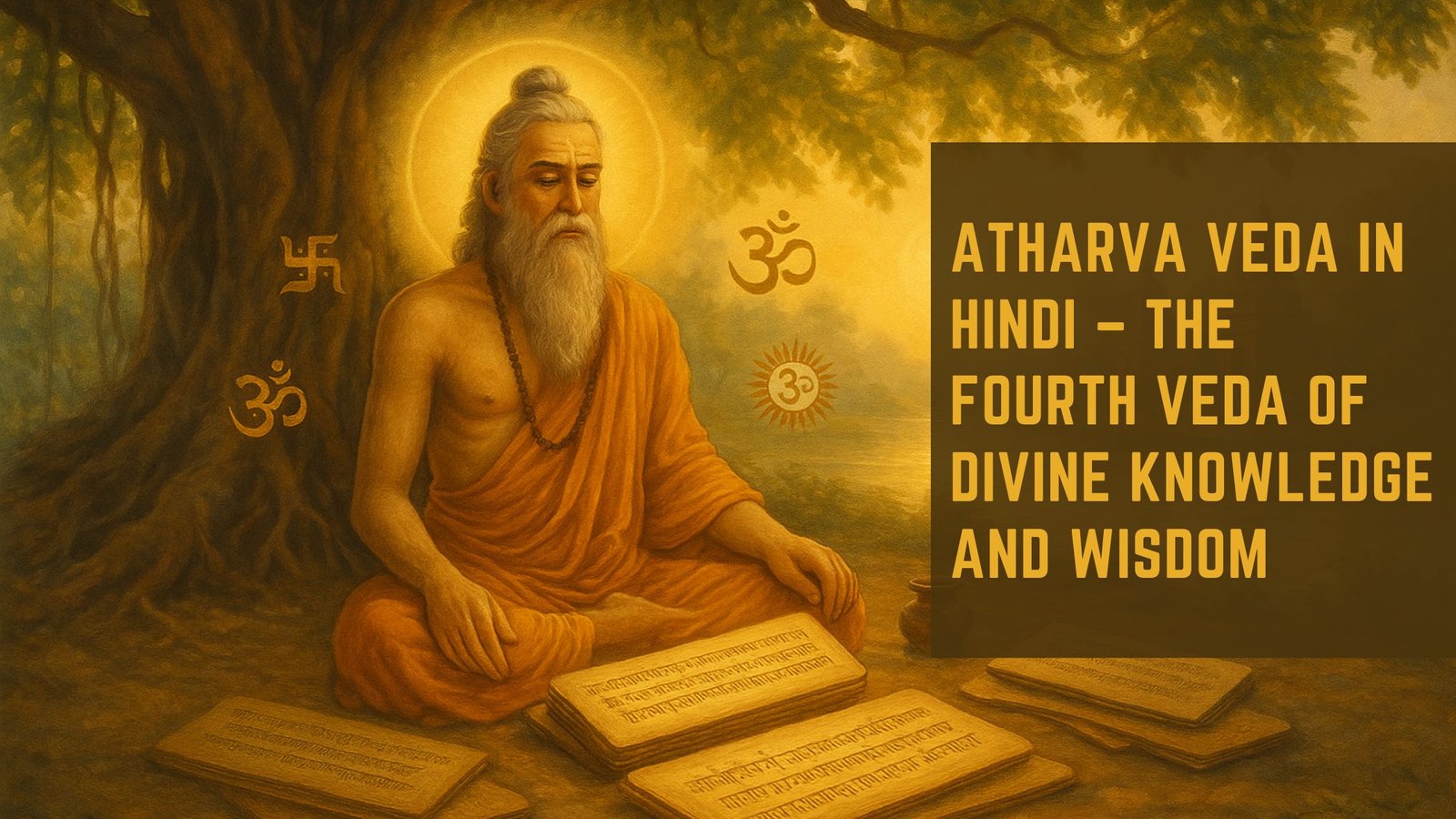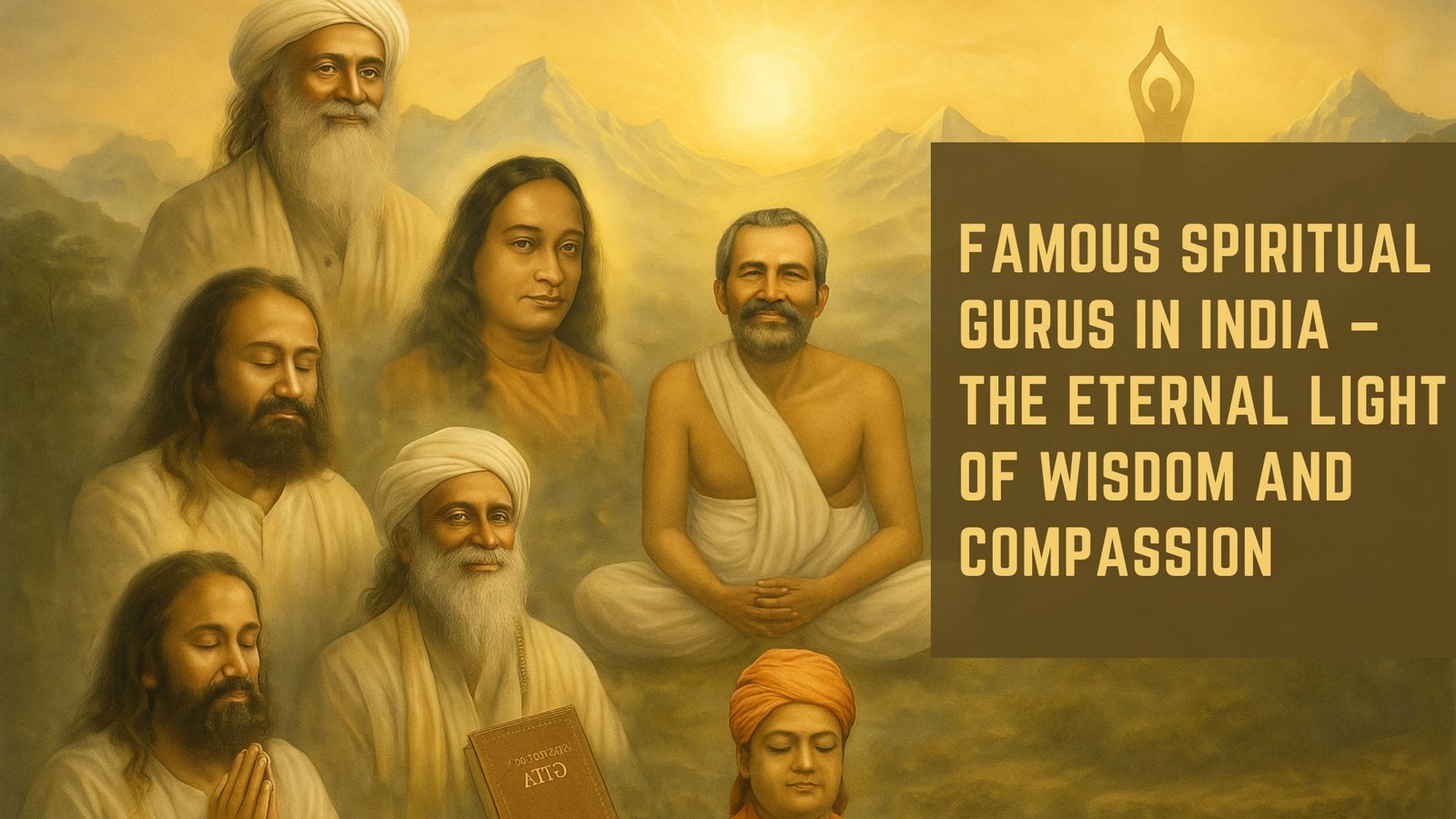The Bhagavad Gita, a revered text in Hindu philosophy, serves as a spiritual guide that addresses the complexities of life and the human condition. Within its verses, the Gita presents profound insights into the nature of existence, duty, and the self. Chapter 13, verse 1, introduces a pivotal concept that lays the groundwork for understanding the interplay between the physical world and the spiritual essence of individuals.
This verse sets the stage for a deeper exploration of what it means to engage in life’s myriad activities while remaining anchored in a higher understanding of one’s true nature. In this verse, Arjuna, the warrior prince, poses a question to Lord Krishna about the nature of the field and the knower of the field. This inquiry is not merely academic; it reflects a fundamental quest for knowledge that transcends time and culture.
The dialogue that ensues between Arjuna and Krishna encapsulates the essence of human experience—striving for clarity amidst confusion and seeking purpose in action. As readers delve into this chapter, they are invited to reflect on their own lives and consider how the teachings of the Gita can illuminate their paths.
Key Takeaways
- Bhagavad Gita 13.1 introduces the concept of the field of activities, which is essential for understanding the nature of the self and the material world.
- The field of activities encompasses the physical body, the senses, the mind, and the intelligence, all of which influence our actions and experiences in the material world.
- Understanding the components of the field helps us recognize the temporary and ever-changing nature of the material world, leading to a deeper understanding of the self and the ultimate reality.
- The relationship between the field and the knower of the field highlights the distinction between the physical body and the eternal soul, emphasizing the importance of self-realization.
- The purpose of understanding the field of activities is to attain self-realization and spiritual enlightenment, leading to liberation from the cycle of birth and death.
- Applying the teachings of Bhagavad Gita 13.1 in daily life involves recognizing the temporary nature of material possessions and experiences, and focusing on spiritual growth and self-realization.
- Self-realization in the field of activities is crucial for transcending material desires and attachments, leading to inner peace and fulfillment.
- Embracing the wisdom of Bhagavad Gita 13.1 involves integrating the teachings into our daily lives, leading to a deeper understanding of the self and the ultimate reality.
The “field of activities” refers to the physical body and the material world in which individuals operate. It encompasses all actions, experiences, and interactions that define human existence. In this context, the field is not merely a geographical or physical space; it symbolizes the entirety of one’s life experiences, including thoughts, emotions, relationships, and responsibilities.
Understanding this concept is crucial for anyone seeking to navigate life with awareness and intention. Krishna elucidates that the field is subject to change and impermanence, much like the body itself. As individuals engage in various activities within this field, they often become entangled in its transient nature.
The Gita encourages individuals to recognize that while they may be participants in this field, they are not solely defined by it. This distinction is vital for cultivating a sense of detachment and understanding that true identity lies beyond physical existence. By grasping the nature of the field, individuals can begin to discern their roles within it without losing sight of their spiritual essence.
Understanding the Components of the Field
To fully appreciate the concept of the field of activities, one must explore its components. The field comprises not only the physical body but also the mind and intellect, which play significant roles in shaping experiences. The mind, with its myriad thoughts and emotions, influences perceptions and reactions to external stimuli.
The intellect, on the other hand, provides discernment and decision-making capabilities. Together, these elements create a complex interplay that defines an individual’s experience within the field. Moreover, external factors such as social environment, cultural influences, and personal relationships also contribute to shaping one’s field of activities.
Each person’s field is unique, influenced by their upbringing, beliefs, and choices. Recognizing these components allows individuals to understand how their actions are informed by both internal and external circumstances. This awareness fosters a sense of responsibility for one’s actions and encourages individuals to cultivate positive influences within their fields.
The Relationship Between the Field and the Knower of the Field

The relationship between the field and the knower of the field is central to understanding one’s spiritual journey. The knower represents the true self or consciousness that observes and experiences life through the lens of the field. While the field is subject to change and decay, the knower remains constant and eternal.
This distinction is crucial for achieving self-realization and liberation from the cycles of birth and death. Krishna emphasizes that recognizing oneself as the knower rather than merely identifying with the field leads to profound insights. When individuals understand that they are not limited by their physical bodies or circumstances, they can transcend suffering and attachment.
This realization empowers them to engage in their activities with a sense of purpose and clarity, free from the burdens of ego and material desires. The relationship between the field and its knower thus becomes a pathway to spiritual awakening. For more information on spiritual awakening and self-realization, you can visit Hinduism Today.
The Purpose of Understanding the Field of Activities
| Field of Activities | Purpose |
|---|---|
| Education | To impart knowledge and skills to individuals |
| Healthcare | To provide medical treatment and promote wellness |
| Business | To create value and generate profit |
| Non-profit organizations | To address social issues and improve communities |
Understanding the field of activities serves several purposes in an individual’s spiritual journey. Firstly, it fosters self-awareness by encouraging individuals to examine their thoughts, emotions, and actions critically. This introspection allows them to identify patterns that may hinder personal growth or lead to suffering.
By recognizing these patterns within their fields, individuals can make conscious choices that align with their higher selves. Secondly, comprehending the nature of the field helps individuals cultivate detachment from material possessions and outcomes. When one realizes that external circumstances are transient and do not define their true essence, it becomes easier to navigate life’s challenges with equanimity.
This detachment does not imply apathy; rather, it encourages active engagement in life while maintaining a sense of inner peace. Ultimately, understanding the field empowers individuals to live authentically and purposefully.
Cultivating Mindfulness and Awareness
The teachings of Bhagavad Gita 13.1 offer practical guidance for daily living. One way to apply these teachings is through mindfulness—being present in each moment while recognizing the impermanence of experiences. By practicing mindfulness, individuals can cultivate awareness of their thoughts and emotions without becoming overly attached to them.
Clarity and Peace in Decision-Making
This practice allows for greater clarity in decision-making and fosters a sense of peace amidst life’s uncertainties.
Embodying Selfless Service and Interconnectedness
Additionally, individuals can apply these teachings by engaging in selfless service or karma yoga. By performing actions without attachment to results, they align themselves with their higher purpose while contributing positively to their communities. This approach not only enhances personal growth but also fosters a sense of interconnectedness with others.
The Importance of Self-Realization in the Field of Activities
Self-realization is a cornerstone of spiritual development emphasized throughout the Bhagavad Gita. In understanding oneself as the knower of the field rather than merely an inhabitant of it, individuals embark on a transformative journey toward enlightenment. This realization allows them to break free from limiting beliefs and societal conditioning that often dictate behavior and choices.
This understanding encourages harmonious relationships and promotes a sense of unity among all beings. As individuals deepen their self-awareness through practices such as meditation and reflection, they cultivate a profound connection with their true selves and ultimately contribute to a more compassionate world.
In conclusion, Bhagavad Gita 13.1 offers timeless wisdom that resonates across cultures and generations. By exploring concepts such as the field of activities and the relationship between the field and its knower, individuals gain valuable insights into their own lives. The teachings encourage self-awareness, detachment from material outcomes, and a commitment to living authentically.
As individuals embrace these teachings in their daily lives, they cultivate a deeper understanding of themselves and their place in the world. The journey toward self-realization is not merely an individual pursuit; it is a collective endeavor that fosters compassion and interconnectedness among all beings. Ultimately, by embodying the wisdom found in Bhagavad Gita 13.1, individuals can navigate life’s complexities with grace and purpose, contributing positively to themselves and society at large.
In the Bhagavad Gita Chapter 13 Verse 1, Lord Krishna begins to explain the difference between the body and the soul. This verse sets the stage for a deeper understanding of the eternal wisdom found in the Gita. For further insights into the eternal wisdom of the Bhagavad Gita, you can read the related article here. This article delves into the timeless teachings of the Gita and how they can be applied to our daily lives. For more spiritual guidance inspired by the Bhagavad Gita, visit thegita.in or explore the article on Gandhi’s spiritual guide here.
FAQs

What is the Bhagavad Gita?
The Bhagavad Gita is a 700-verse Hindu scripture that is part of the Indian epic Mahabharata. It is a sacred text of the Hindu religion and is considered one of the most important spiritual classics.
What is Chapter 13 of the Bhagavad Gita about?
Chapter 13 of the Bhagavad Gita is titled “The Field and the Knower of the Field” and it discusses the nature of the body, the soul, and the Supreme Being. It delves into the concept of the physical body as a field and the soul as the knower of the field.
What is the significance of verse 1 in Chapter 13 of the Bhagavad Gita?
Verse 1 of Chapter 13 sets the stage for the chapter by introducing the topic of the body as the field and the soul as the knower of the field. It lays the foundation for the deeper philosophical and spiritual concepts that are explored in the subsequent verses.
What are some key teachings of Chapter 13 of the Bhagavad Gita?
Chapter 13 of the Bhagavad Gita teaches about the distinction between the physical body and the eternal soul, the nature of the material world, the qualities of the soul, and the path to spiritual liberation. It also emphasizes the importance of self-realization and understanding the true nature of the self.















